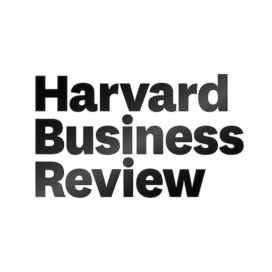Active vs. Passive? Choose Both
Published: October 17, 2016 / Author: The Wall Street Journal
EXCERPT
It is human nature to take sides. In the case of active and passive, however, not only do I think investors can choose both, but the story of passive’s rise and active’s demise has been greatly exaggerated.
It is true that flows into passive strategies have picked up. But U.S. advisers are still allocating 70% of their clients’ assets to active investment strategies, according to our recent survey. Investment flows can be fickle and aren’t always a good barometer for long-term shifts in sentiment.
Conventional wisdom says investors should diversify between stocks and bonds to spread out potential risk. Allocating assets to active and passive strategies should be viewed similarly. Passive funds have great appeal in an extended period of rising asset prices such as the one we have experienced since the global financial crisis. In periods of higher market volatility, however, active stock picking and strong risk management could also help buoy overall portfolio performance.
I believe that’s true, despite all the criticism leveled at the active management industry in recent years. Most of it points to the average active manager’s inability to consistently beat their benchmark, net of fees. And while that might be true for average managers, there are skilled active managers who have consistently outperformed their benchmarks over a full market cycle. But how do you distinguish between skilled and average? It really comes down to conviction and risk management.
Simply put, managers who are willing to make significant investments beyond the index that serves as their benchmark—commonly referred to as active share—and hold those investments for long time periods have outperformed over time. According to a study from Martijn Cremers and Ankur Pareek of the University of Notre Dame, portfolios with high active share and long holding periods outperformed their benchmarks by more than 2 percentage points over the 24-year period starting in 1990.
Read the entire story at http://www.wsj.com/articles/active-vs-passive-choose-both-1476717262
Note: Writer Michael Roberge is the co-CEO, CIO and president of MFS Investment Management.
Related Stories





